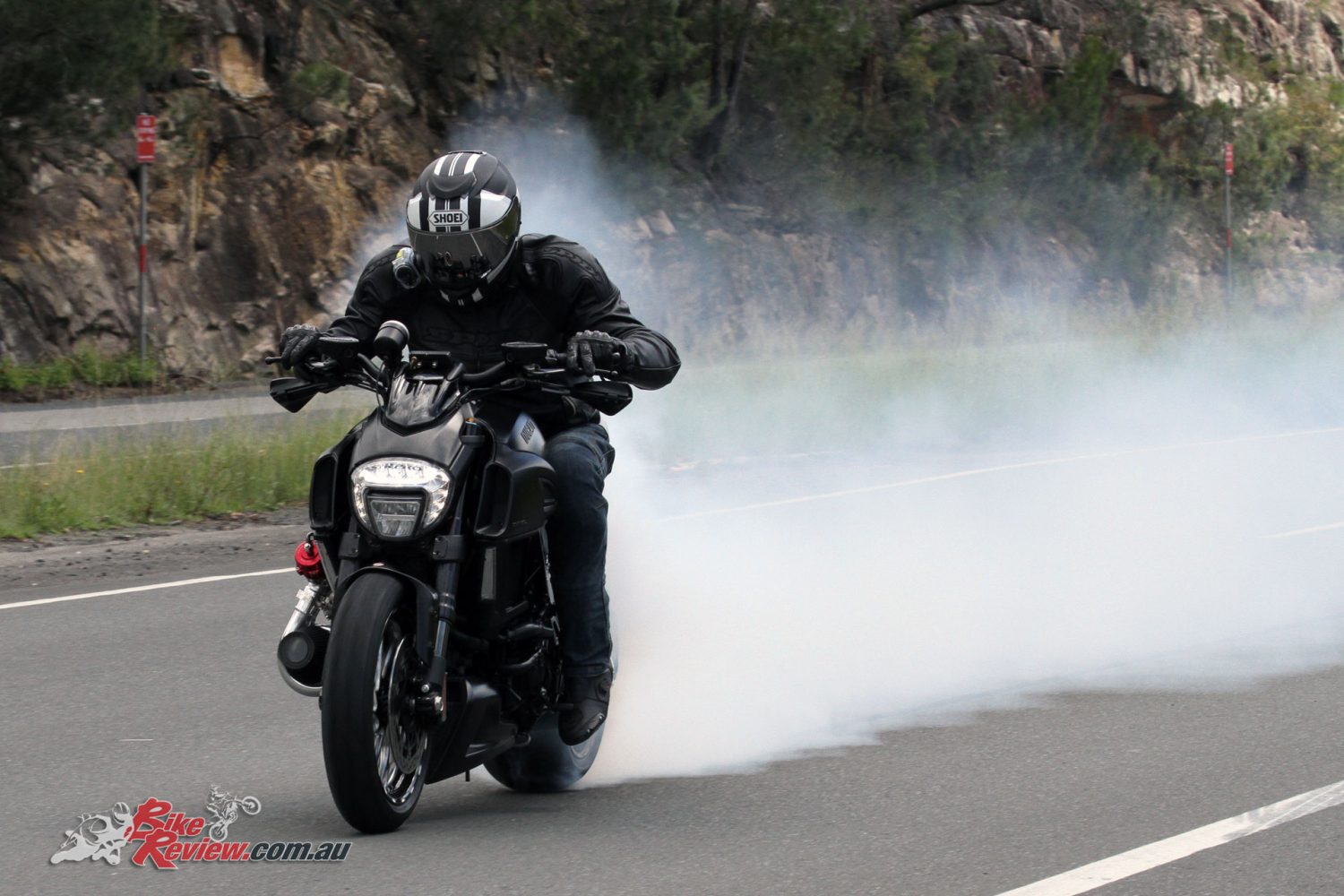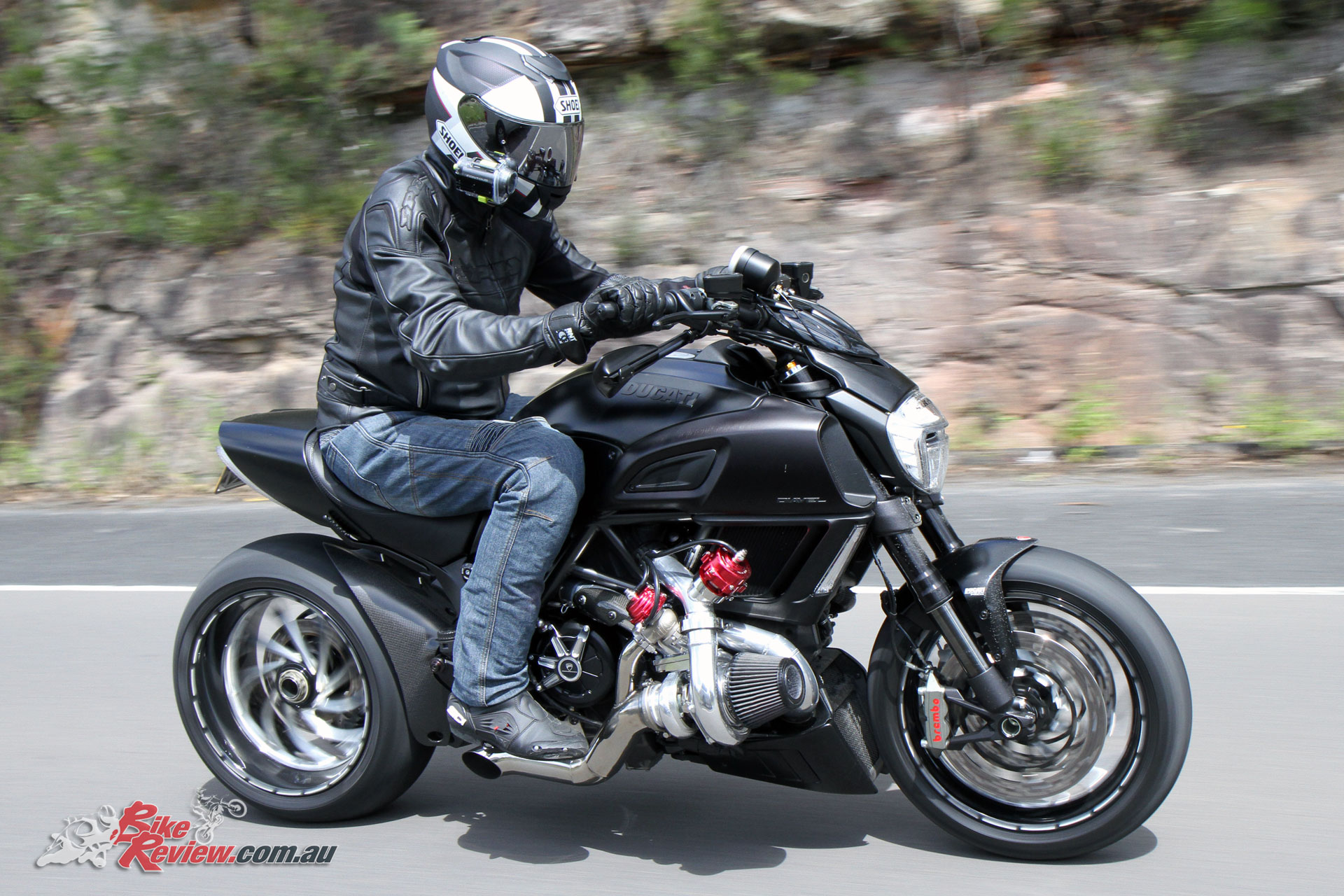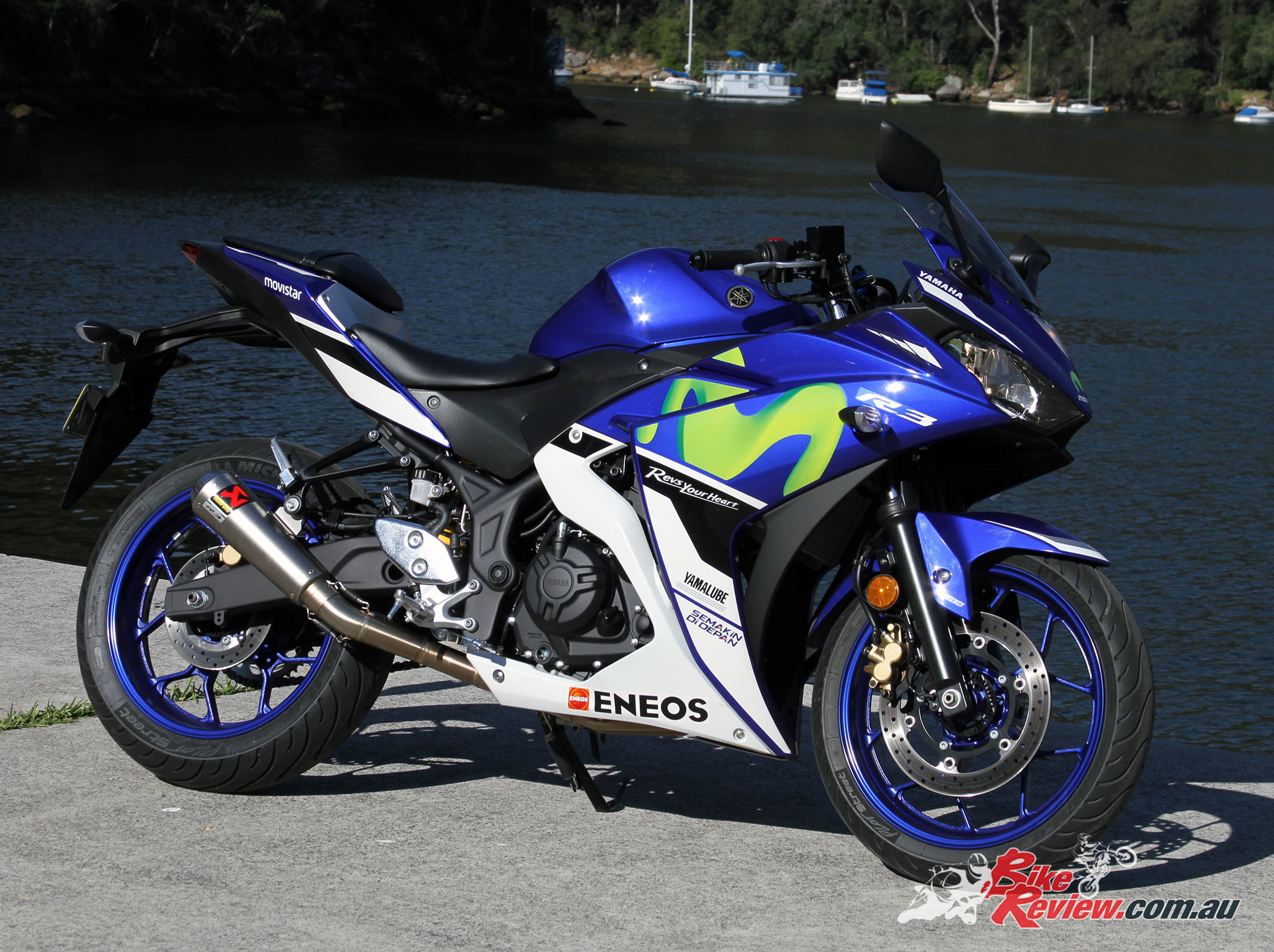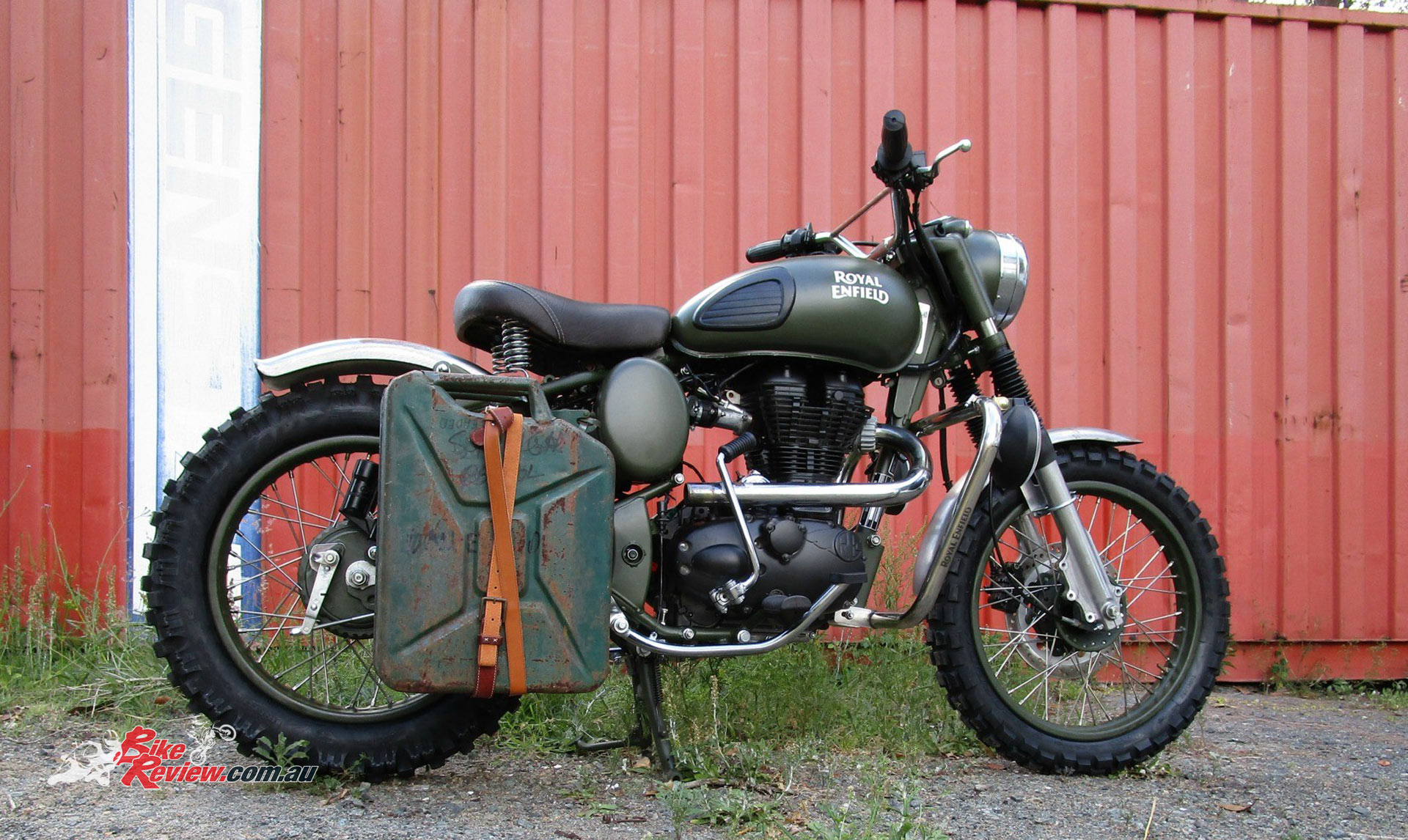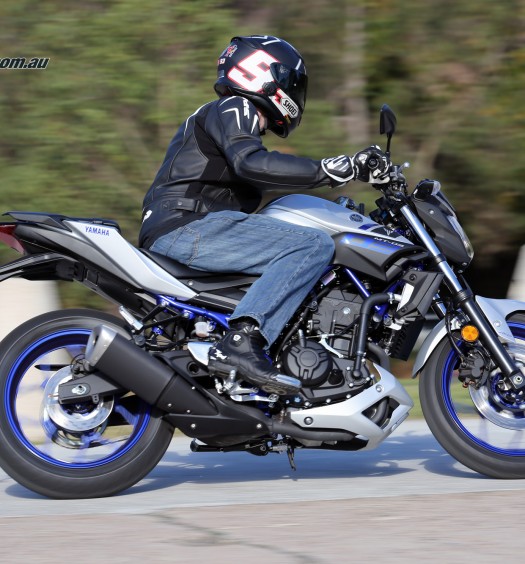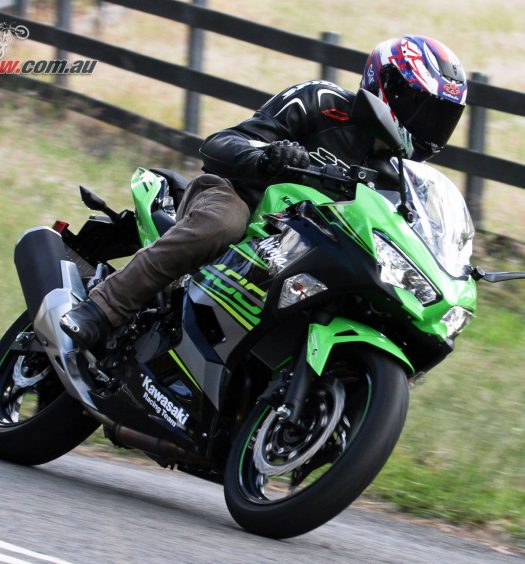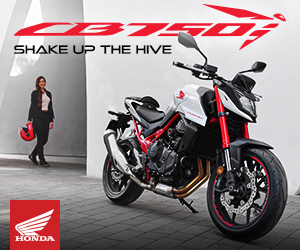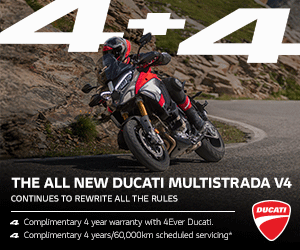It’s all about the size! The bigger the better! There ain’t no substitute for cubes! Those are just three sentences that demonstrate the motorcyclists’ fascination for engine displacement (and nothing whatsoever to do with what you’re packing downstairs…).
Historically, the path to two-wheeled fun and performance has been via the Boulevard of Capacity – if you wanted a fast bike for real road conditions, then big horsepower was what was required, and that came from a big engine.
Although, thinking back to the days when we all first starting riding bikes – two-wheelers as cheap as anything, restricted by licensing, insurance and running costs – we just rode what was available to us. Invariably it was rather basic transport, whether it be a Honda step-thru, a small Yamaha two-stroke, a chook chaser or beaten-up hand-me-down, it was still a refreshing breath of freedom and fun. And they still are, regardless of how many years’ experience of ballistic, large capacity road-going missiles you’ve got under your belt.
As development had made internal combustion engines ever more efficient, then so more power has come from any specific engine capacity, with 200bhp per litre becoming the norm, rather than the exception, in recent years. And so engine development, and that of suspension and brakes, has filtered down to smaller capacity machinery, with fuel injection and assisted braking systems fitted to all but the most basic models.
This is most obviously demonstrated by the recent glut of Moto3-inspired machinery from the manufacturers. While they aren’t exactly spitting-image replicas of the World Championship bikes (far from it in fact), they are about as racy as small capacity bikes come. Take, for example, the KTM 390, CBR300R, Kawasaki Ninja 300 and Yamaha YZF R3, they’re all bikes that are pretty impressive for their size.
You may consider that an 80mpg potential is only relevant for tight-fisted commuter types with short arms and deep pockets, and that thirty horsepower and an 80mph top speed is about as exciting as the night life in the Gibson desert, but think about those figures in a different way. Fuel economy just means that you have spare cash to do more riding and to buy more bike parts, and if you ride in an urban environment, or on rural roads with a surface that bears closer resemblance to the cratered, acne-ridden face of a chocoholic teenager than a meticulously-prepared supermodel’s super smooth epidermis, then there will be no opportunity to revel in a top speed that even approaches 60mph.
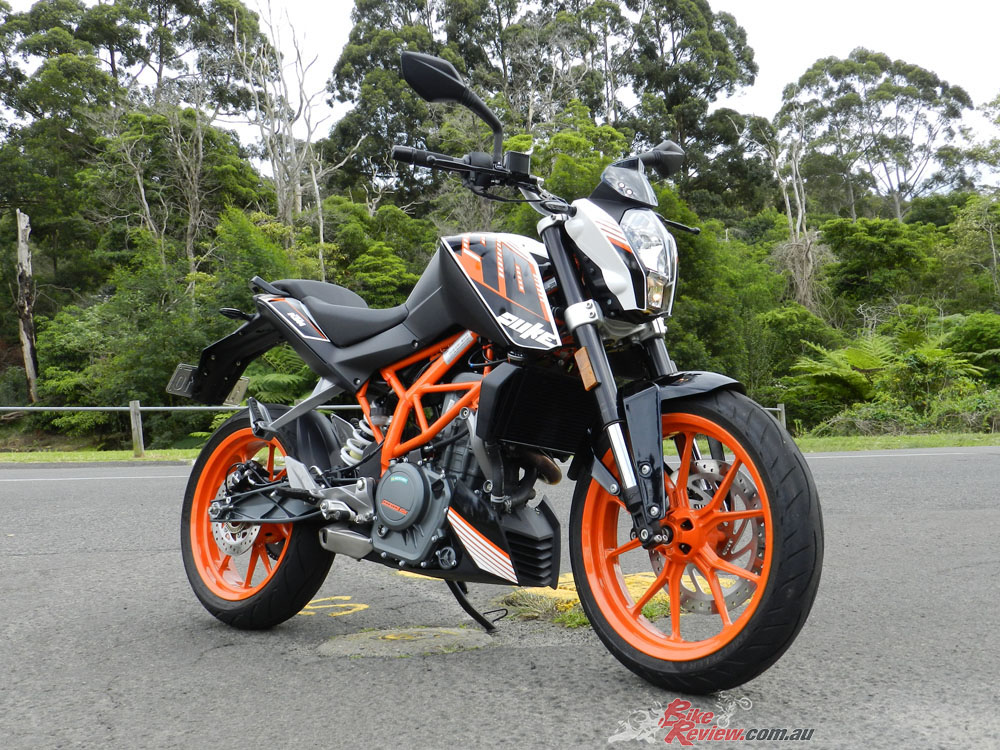
Metzeler M5 tyres, WP forks and Brembo brakes give the 390 Duke a neat chassis package and great starting point, with enough performance to have fun
The joy of riding will be all about nimble handling, sharp brakes and an ability to read traffic conditions.
Okay, so their engine size dictates that they have to be built down to a price – no-one with half a brain is going to spend the same amount on a sub-300cc bike as they would on something with double the capacity – but this also means that there is room for improvement. And, of course, this is where we come in!
There is the argument that if you spend money on a cheap bike that you’ll never get back the money and time put in, but then the same thing can equally apply to a modern sportsbike, as the buying market will always pay more for a standard, virgin example than a modified beast that has clearly been built to be more fun to ride!

Arguably the oldest of the 300s, the Ninja 300 has been around a while but still offers great value and is a popular choice
The difference being that, with a small bike, the initial outlay is less. And if you totally destroy it during some high speed shenanigans by either trashing the engine or throwing it through some roadside furniture then you’ve not lost the same value as with a larger bike. And you would’ve been travelling at a somewhat lower velocity than had you been riding in the same fashion on a litre-plus hyperbike…
Having said all of that, I have one more really good reason for buying, modifying and riding a smaller capacity bike. If you ride it slowly, then everyone assumes that it’s because it’s, ‘only a little bike’. Ride it fast, and you’re a hero. Ride a modern sportsbike slow, even if it’s ‘just’ a 600cc, then you’re seen as being a limp-wristed scaredy cat, incapable of riding a bike properly. And if you ride it quickly, then everyone will say it’s the bike that is fast! The conundrum of modern sportsbikes!
So you still need convincing? Why not take a look at the streetfighters that’re being built in Indonesia. With licensing and importation laws regulating bikes to small capacity single cylinder machinery (with any large imported bikes being taxed to high heaven), builders have used bikes like the 200cc Honda Tiger with which to create some very radical streetfighters.
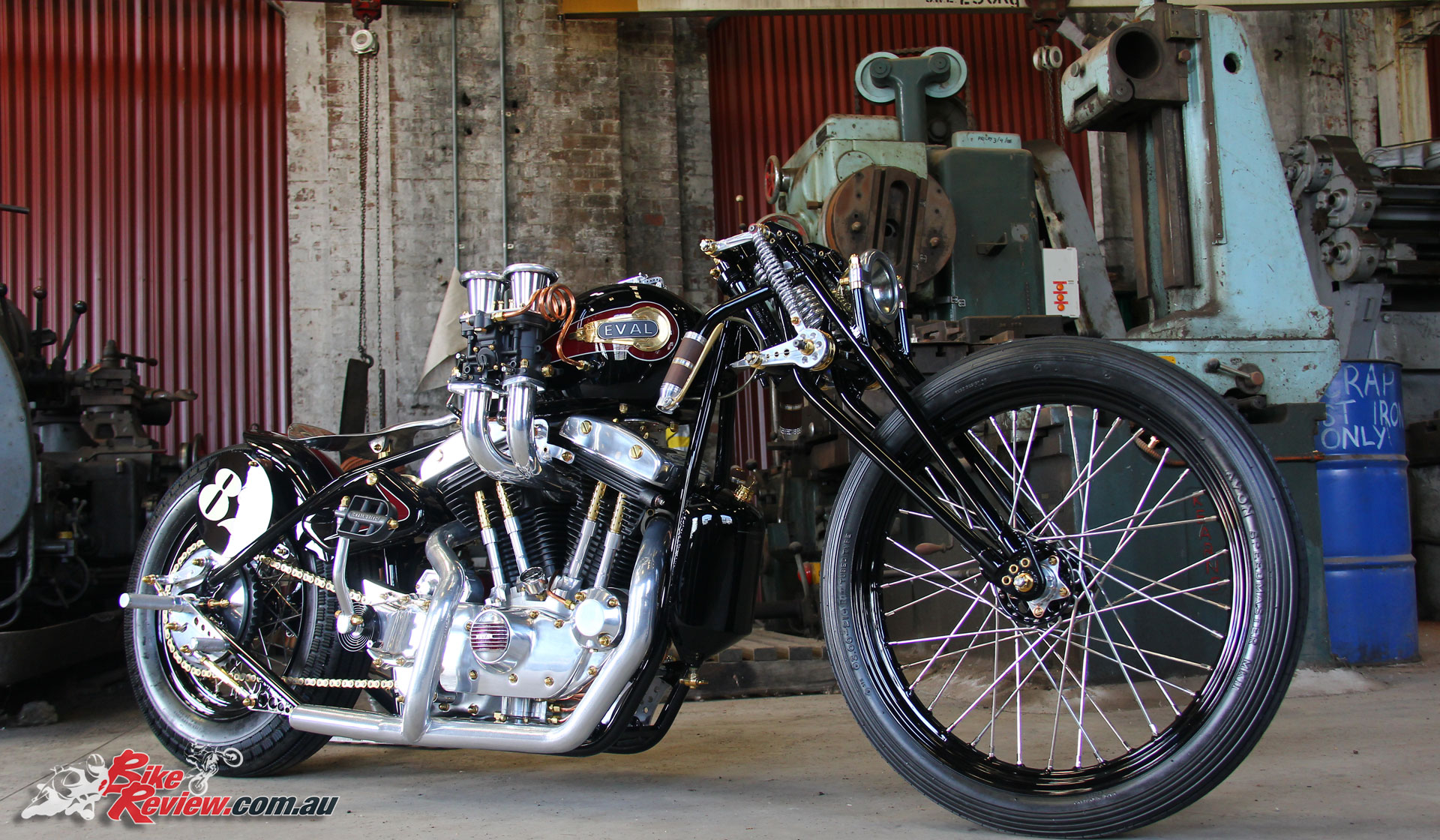
Unlike in more restricted markets where the small capacity options are hugely popular, it mainly remains the larger bikes that are popular here in Oz. Eval Motorcycles Upheval – Image by Knackers BDP
Upside-down forks, radial brakes, single-sided swinging arms, svelte one-off seat units and bodywork are all used in the pursuit of unique style and improved performance. And those last eight words are what has been the driving force behind each and every streetfighter (or café racer, or bobber, or street tracker) project since year Dot.
Unique style, improved performance.
For anyone who’s been riding bikes for a significant amount of time, they’re statements that will have been applied to chook chasers, Yamaha Fizzies, air-cooled Zeds, Honda Superdreams and 125cc two-strokes; through oil-cooled Suzukis, early ‘Blades and R1s, and right through to modern hyperbikes. And they apply just as equally to the new glut of 300cc race reps…
Build more. Ride more


